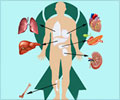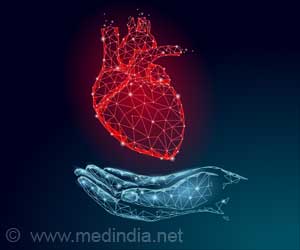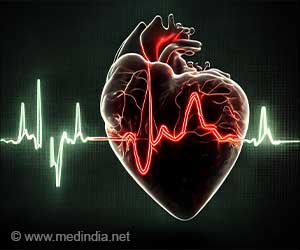Dried blood spots from new-born screening can help identify the cause of sudden cardiac death in the young people.

‘Dried blood spots from new-born screening can help identify the cause of sudden cardiac death in the young people.’





Genetic analysis could provide more information in many cases, but blood samples are not collected routinely at the time of death, and DNA extracted from the tissues collected at autopsy is damaged because of the way they are fixed in formalin and paraffin-embedded.Sweden researchers identified all 22 Swedish cases of SCD between 2000 and 2010 in people aged under 35 with a post-mortem diagnosis of Arrhythmogenic Right Ventricular Cardiomyopathy (ARVC), an inherited disease of the heart muscle that affects approximately 1 in 1000 to 1 in 5000 individuals.
Using whole exome sequencing, they extracted DNA from DBS, post-mortem formalin-fixed paraffin-embedded (FFPE) heart tissue, and frozen blood samples of victims, where they existed.
Although the researchers found a lower yield of DNA from DBS compared with FFPE, all of the DBS samples passed quality control, compared to 62.5% of the FFPE samples. Their findings will be presented at the annual conference of the European Society of Human Genetics.
The quality of the results from DBS were similar to those from the frozen blood samples, and analysis showed clinically relevant genetic variants in 12 out of 19 families.
Advertisement
The sudden and often unexplained death of a young person is a devastating event for their families. Through the identification of relatives who are carriers and at risk of sudden cardiac death, this becomes a preventable outcome.
Advertisement
However, these findings provide valuable new knowledge about the biology of cardiomyopathies and enable better risk assessment and care in these cases.
Source-Medindia















